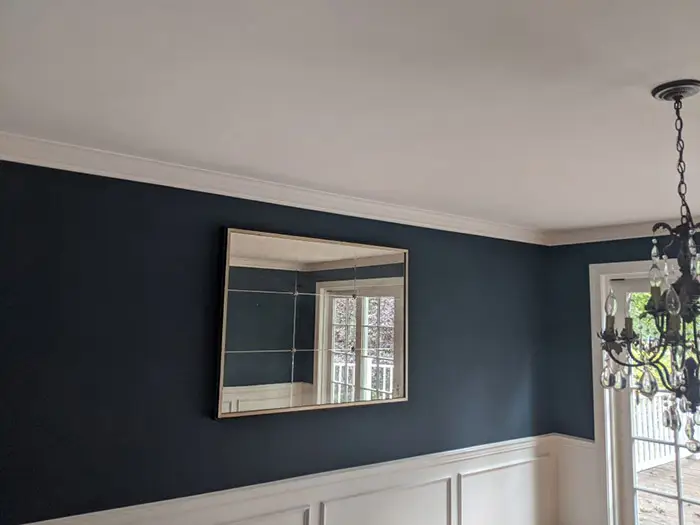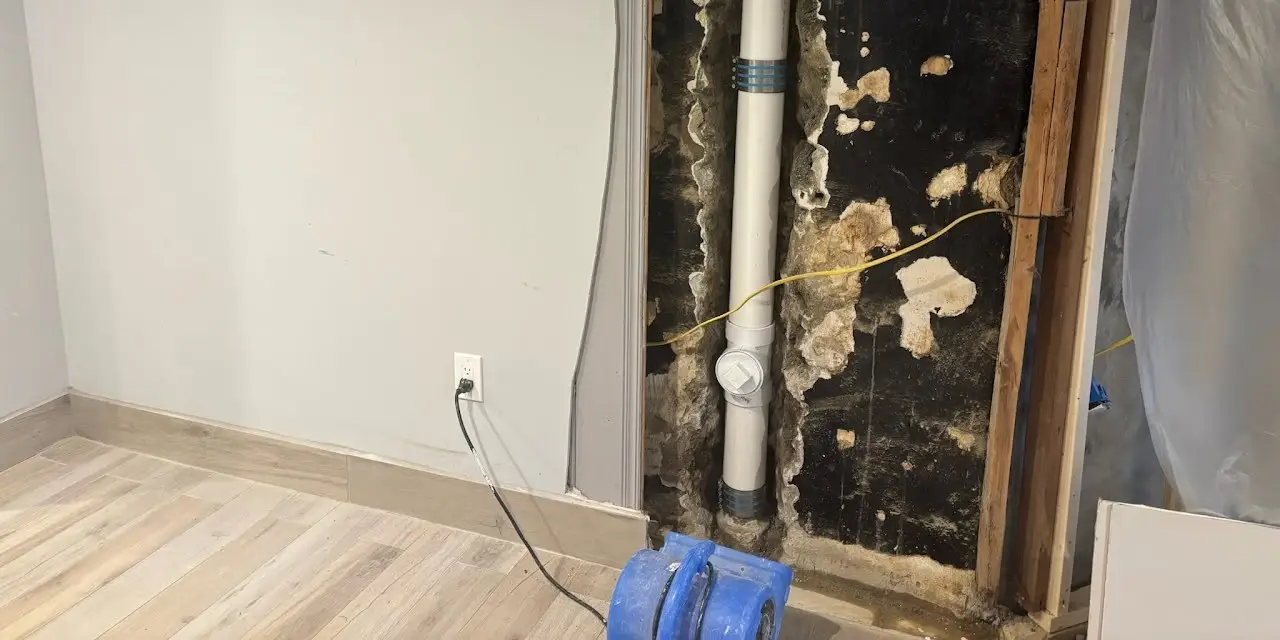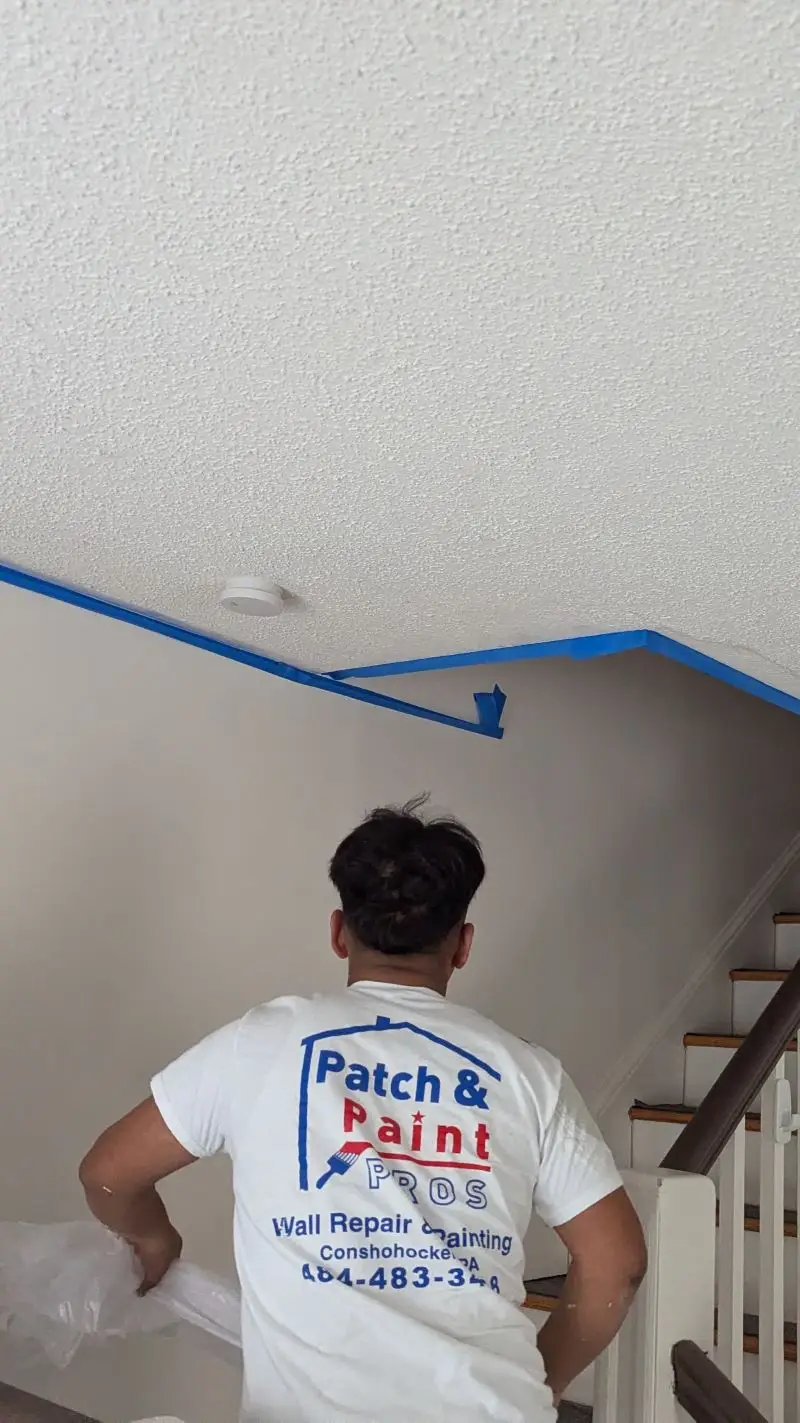When it comes to interior painting, choosing the right paintbrush and roller is essential. It can make or break a project and determine how well your walls look once they are finished. With so many types of brushes and rollers available, it’s hard to decide which one will work best for you.
In this article, we’ll explore the different kinds of brushes and rollers on offer, as well as what each one does best when it comes to tackling an interior paint job.
We’ll also discuss some tips for getting the most out of your paintbrush and roller selection. By taking all these factors into account, you’ll be able to get the perfect finish every time!
Types Of Paint Brushes
Painting your interior walls can be a daunting task, but the right tools make all the difference. According to recent studies, up to three-quarters of DIY painters don’t use the proper brushes and rollers for their projects. With this in mind, it’s important to understand which brush is best suited for each job. When choosing between paint brushes, you’ll want to consider two factors: natural or synthetic bristles, and shape.
Natural bristle brushes are more absorbent and suitable for oil paints; while synthetic bristle brushes work better with latex paints due to their durability and low absorption rate. When it comes to shapes, there are four main types – flat sash (for the large surface area), angle sash (for corners and edges), trim (for small details), and round (for smooth edges).
To ensure that you get an even finish on your wall, be sure to choose the correct size brush according to the type of paint used. Additionally, keep in mind that multiple coats may require different-sized brushes depending on how much coverage is needed.
Having chosen the right brush for your specific painting needs, now it’s time to explore what kind of roller would work best.
Types Of Paint Rollers
Paint rollers come in a variety of sizes, shapes, and textures. They can be used for different types of painting projects such as walls, ceilings, furniture, and more.
When choosing the right roller for your project it’s important to consider how much surface area you’re covering and what type of paint you’re using. Synthetic fiber rollers are best suited for water-based paints while natural fibers are better at absorbing oil-based paints. You’ll also want to choose a roller with enough naps (the length of fibers on the roller) that will give you the coverage needed without leaving behind lint or streaks.
With these considerations in mind, you should be able to find the right roller for your interior paint job. Moving forward, we’ll discuss how to choose the right size for your project.
Choosing The Right Size For Your Project
Choosing the right size for your project is like finding a needle in a haystack. It requires careful consideration and time. You need to have an idea of the outcome you want before selecting the perfect roller or brush.
Here’s what to consider when making your selection:
- The surface area of the walls – select a thicker nap roller cover if painting over highly textured surfaces, such as stucco; choose thinner covers for smooth walls
- The type of paint used – oil-based paints require stiffer bristles on brushes, while synthetic filaments are ideal for water-based paints
- Your budget – rollers can range from $2-$15 depending on their quality and features
When it comes time to start your project, make sure that you get the best fit possible by taking into account these three important factors. With this knowledge, you’ll be well on your way to achieving professional results with every interior painting job.
It’s also important to know how to properly clean and store brushes and rollers so they last longer and remain effective between projects.
How To Properly Clean And Store Brushes And Rollers
Whether you’re painting smooth surfaces or rough surfaces, cleaning and storing your brushes and rollers properly is an essential part of any successful paint project.
After you’ve completed your painting, the first step is to rinse your brushes and rollers in warm water. If there is still paint residue on the equipment, use a mild liquid soap to remove it. Be sure to remove all traces of paint from the tools, as any leftover residue can cause clumping when stored for extended periods.
Once you’ve finished rinsing, gently squeeze out the excess moisture from both tools before laying them out on a flat surface to air dry overnight. It’s crucial that you do not leave your brushes or rollers wet for too long, as this can cause the bristles or hairs to become weak and lose their shape over time.
When your brushes and rollers are completely dry, wrap each tool in cling film or place them inside an airtight container to protect them from dust and prevent any bad odors from building up. This will help to ensure that your equipment is in good condition and ready for use the next time you need them.
Properly cleaning and storing your brushes and rollers after a paint project will not only extend their lifespan but also ensure that you achieve a smooth finish on your next painting project. By taking the time to care for your tools properly, you can save yourself the hassle and expense of replacing them prematurely.
Moving forward with these simple steps ensures your tools are always ready for future projects! With proper care and storage techniques, you’ll get maximum usage out of your brushes and rollers while saving money at the same time – now let’s look at some tips for getting the most out of your interior paint job.
Tips For Getting The Most Out Of Your Paint Job
Painting the interior of your home can be a daunting task, but with the right preparation and tools, it can also be a rewarding experience. The first step is to choose the correct paint brush and roller for the job – after all, you want to ensure that your hard work results in an even finish!
To get the most out of your paint job:
- Prepare ahead of time by;
- Covering any furniture or fixtures so they are not damaged during painting;
- Ensuring that surfaces have been properly cleaned before starting;
- And laying down tarps or plastic sheeting on floors to prevent splatters and spills.
- Select quality materials like brushes with ergonomic handles, rollers made from natural materials (e.g., lamb’s wool), and paints specifically designed for interior use.
- Don’t forget to take regular breaks while working as this will help reduce fatigue and allow you to focus more closely on making sure that each stroke gets full coverage.
By following these tips, you can add personality to your walls and create a stunning end result that doesn’t compromise on quality. Taking extra steps at the beginning of your painting project can ensure its success, leaving you with walls that look like they were painted by a professional.
Final Thoughts
In conclusion, choosing the right paintbrush and roller for a job is essential. It’s important to take into consideration not just the size of your project, but also how you’ll be using them. By selecting the correct tools and following proper cleaning and storage techniques, you can get the most out of your paint job every time.
Not only will this save you money in terms of materials cost, it could also save me hours of hard work and frustration. So don’t skimp on quality when it comes to paint brushes and rollers – they’re an investment that will pay off each time you use them!





